While these vehicles are not officially sold under their original brands in certain markets, they can still be brought in through legal import channels—offering early adopters a chance to own some of the most innovative cars on the planet.
1. BYD Atto 3 – The Global EV SUV Leader
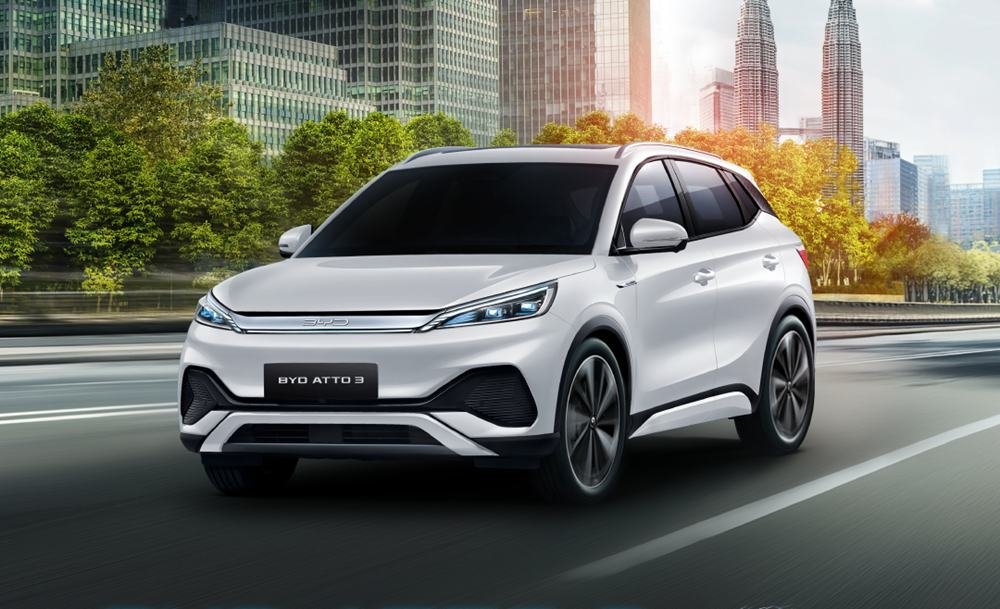
The BYD Atto 3 is one of the most imported Chinese EVs, offering up to 420 km of range, fast DC charging, and the ultra-safe Blade Battery. With a 6-year/150,000 km warranty and global safety ratings, it’s a top choice for eco-conscious drivers looking to import a reliable, high-tech EV.
2. Chery Tiggo 8 Pro – The Ultimate Family SUV
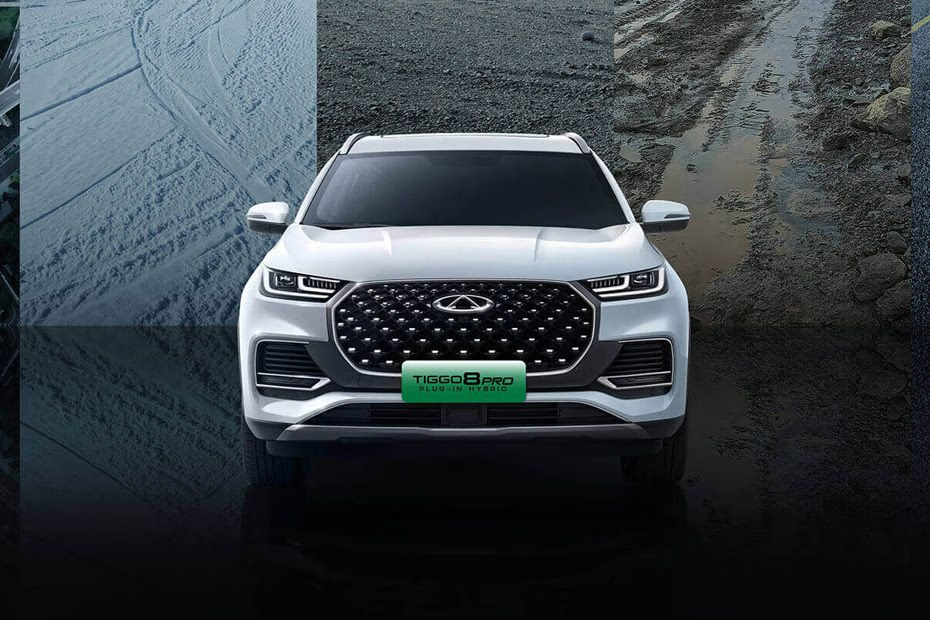
The Chery Tiggo 8 Pro is a favorite among families, offering seven seats, a 1.6L turbo engine (197 hp), and a premium interior with a 24-speaker Sony audio system. It’s being imported into regions like Africa, Eastern Europe, and North America through private channels due to its strong build and luxury features.
3. Omoda E5 – The Affordable Global Electric SUV
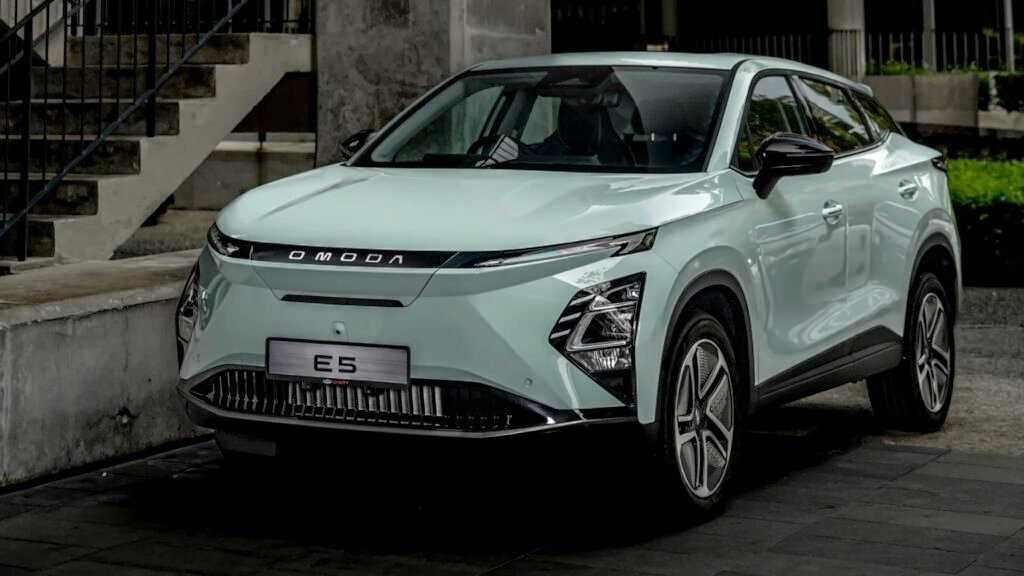
The Omoda E5, Chery’s first global electric SUV, offers up to 420 km of range (CLTC), fast charging, and a minimalist digital cockpit. Priced competitively, it’s becoming a popular choice for urban drivers in markets like South Africa, Australia, and the Caribbean.
4. NIO ET5 – Premium Performance and Smart Tech
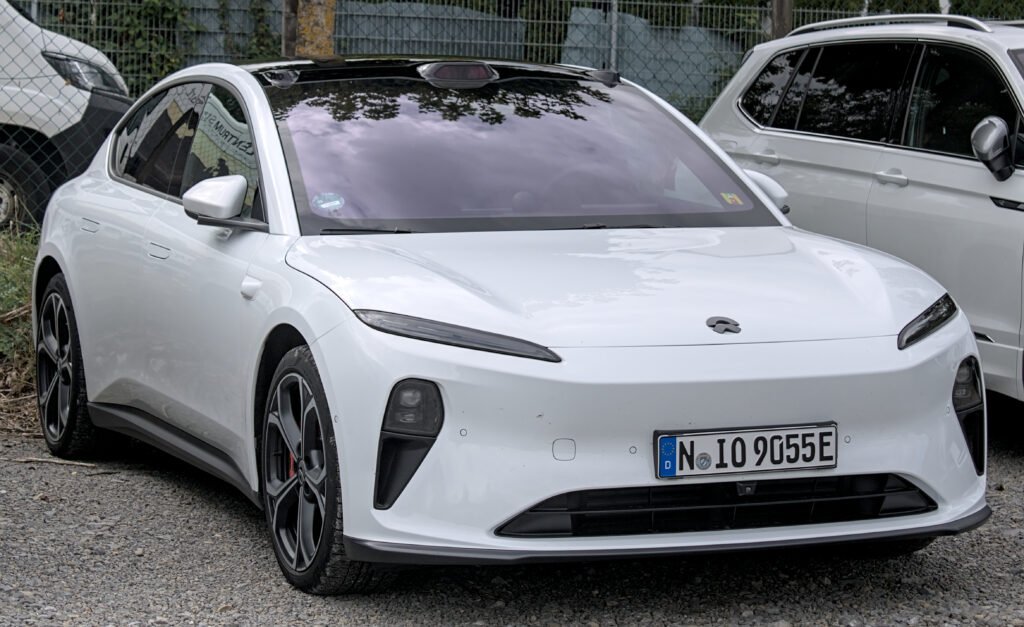
The NIO ET5 combines sharp handling, up to 560 km of range (CLTC), and access to NIO’s battery-swapping network. With a serene Scandinavian-style cabin and 750 hp in dual-motor form, it’s a top contender for import by luxury EV buyers in Canada and the Middle East.
5. GAC Motor GS8 – Power and Luxury Combined
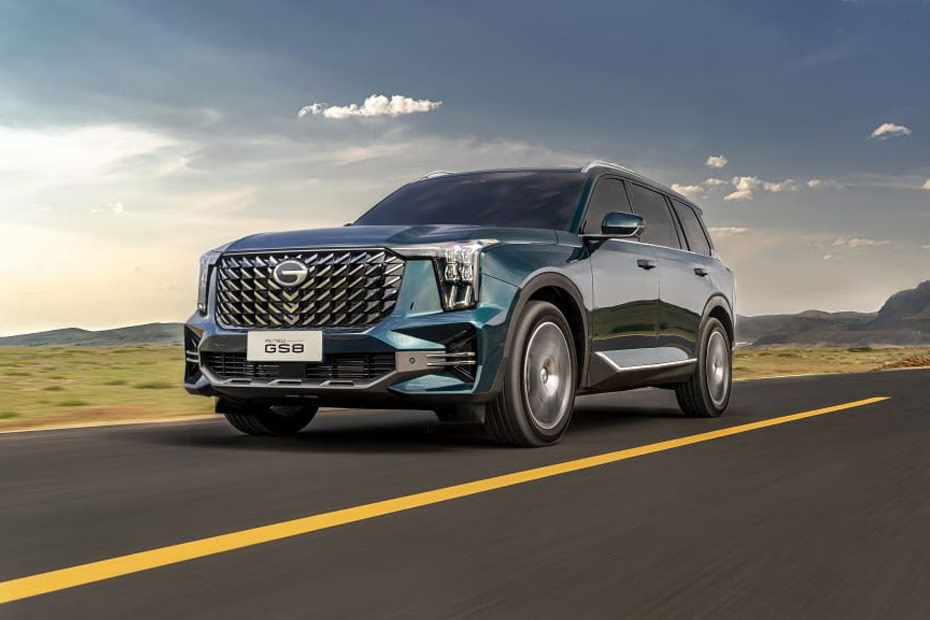
The GAC Motor GS8 is a full-size SUV with a 2.0L turbo engine and hybrid variants, delivering up to 800 km of total range. With ventilated leather seats, tri-zone climate control, and a 5-year unlimited km warranty, it’s ideal for long-distance travel and desert adventures.
Frequently Asked Questions (FAQs)
Q1: Can I legally import a Chinese car to the U.S.?
A: Yes, but it must meet EPA and DOT regulations. You’ll need to go through a Registered Importer and may need modifications for lighting, bumpers, and software.
Q2: Are imported Chinese cars eligible for U.S. EV tax credits?
A: No. Vehicles with battery components from China are excluded from federal tax incentives under the Inflation Reduction Act.
Q3: Is warranty valid on imported models?
A: Only if registered through an official dealer network. Private imports often void the manufacturer warranty unless locally supported.
Q4: Do Chinese EVs work with North American chargers?
A: Most export models use CCS charging, which is compatible with U.S. and Canadian public networks. Always confirm before importing.
Q5: Where are Chinese cars being imported the most?
A: Popular destinations include Canada, Mexico, South Africa, the Caribbean, and Eastern Europe—especially where official dealerships are limited.
Importing Chinese cars in 2025 offers a unique opportunity to own some of the most advanced, tech-rich, and value-packed vehicles on the market. From the EV-leading BYD Atto 3 to the family-friendly Chery Tiggo 8 Pro and the premium NIO ET5, these models are being brought into new markets by informed buyers who want innovation without waiting for official launches. While challenges like compliance and warranty exist, the growing global support for Chinese brands makes importing a smarter, more accessible option than ever.

